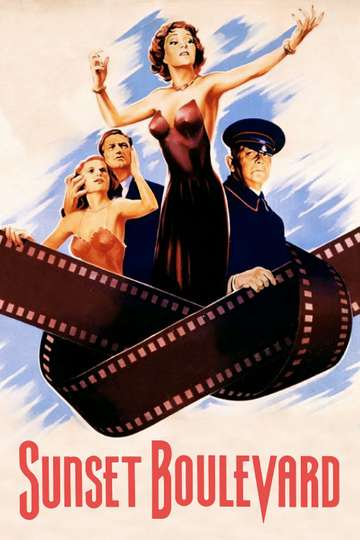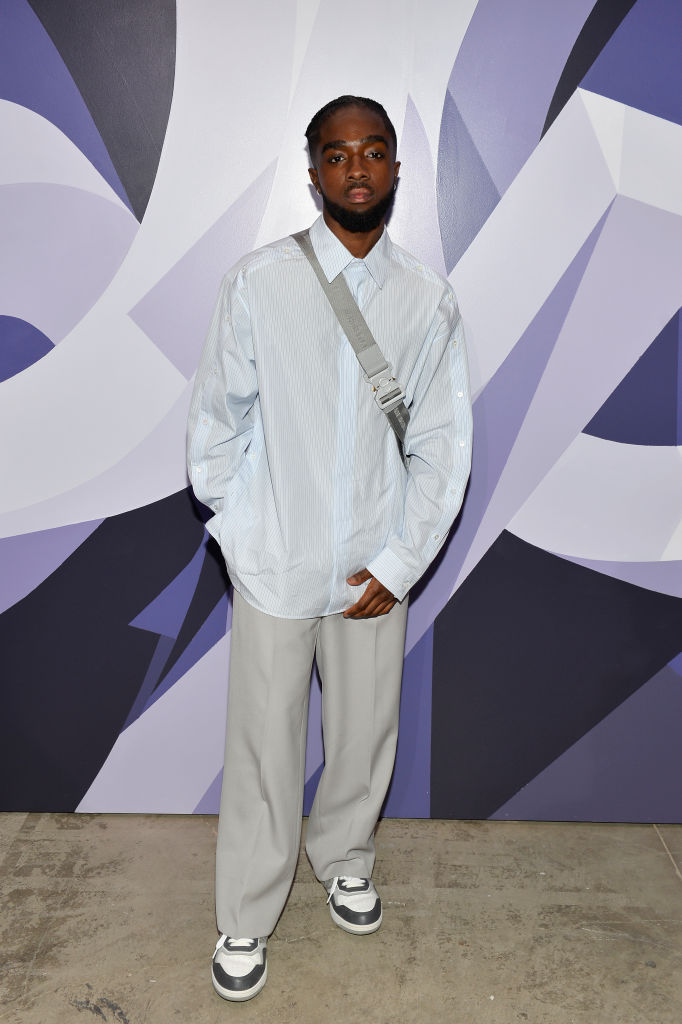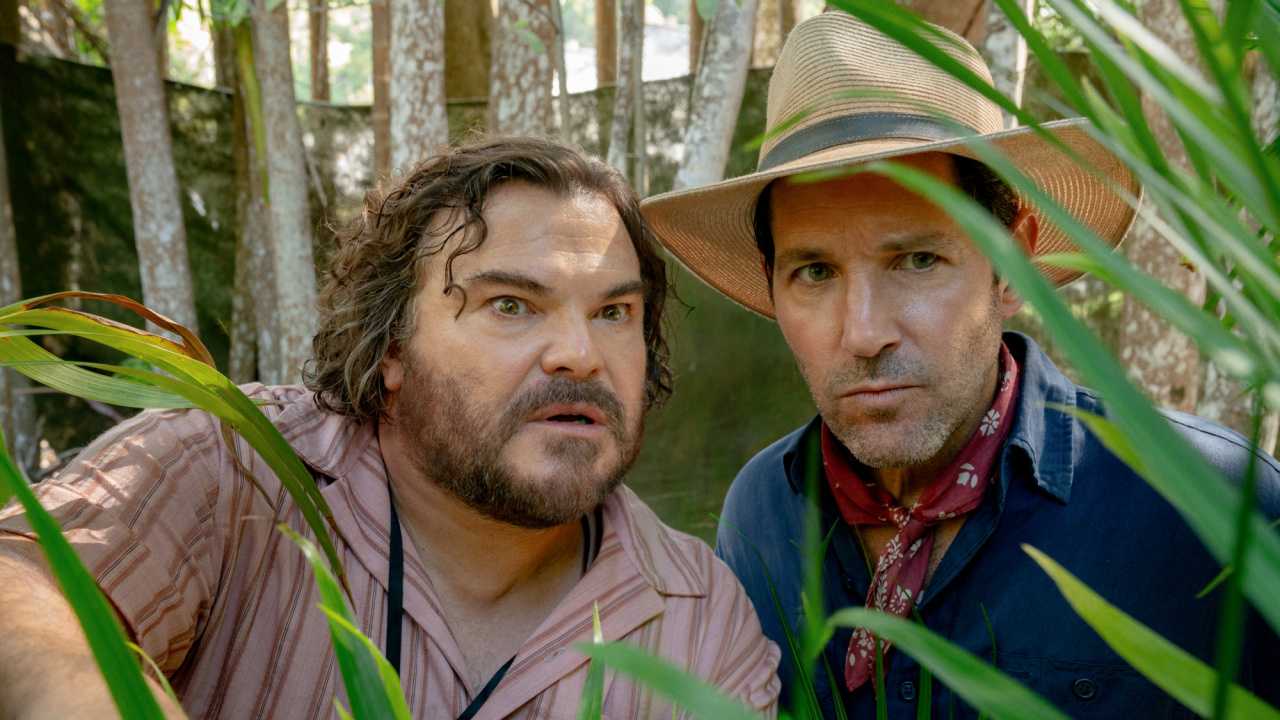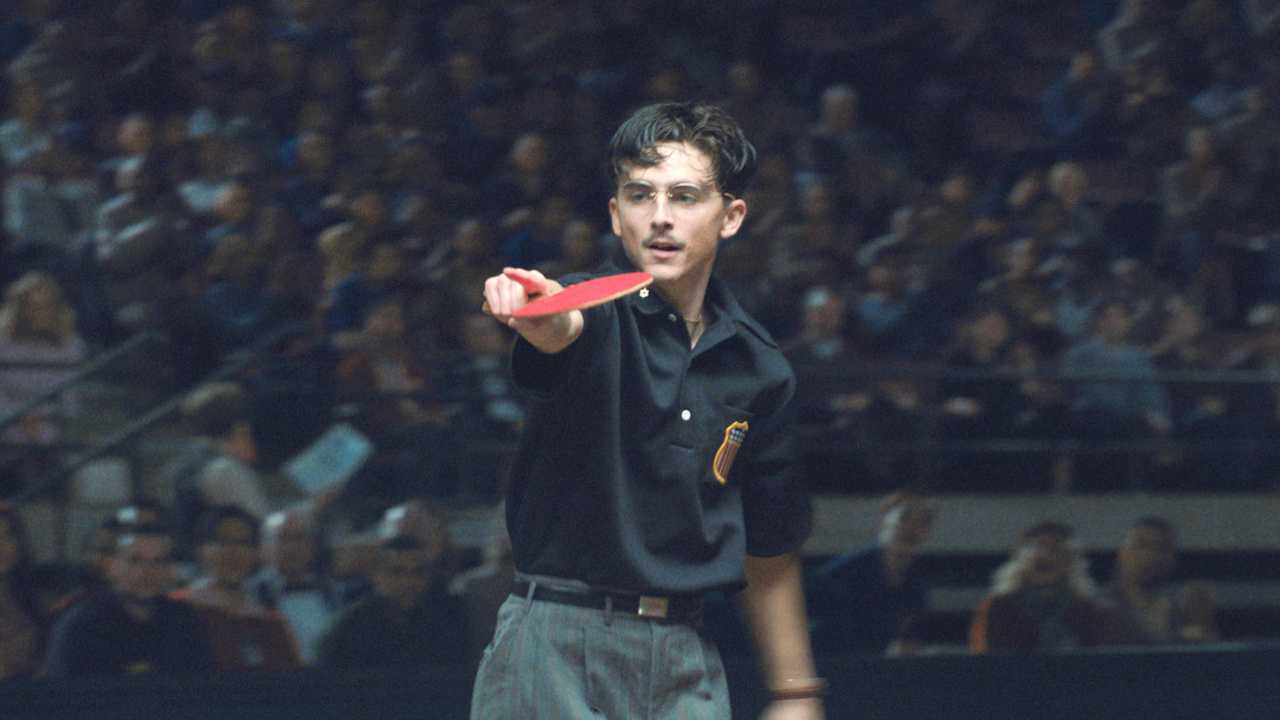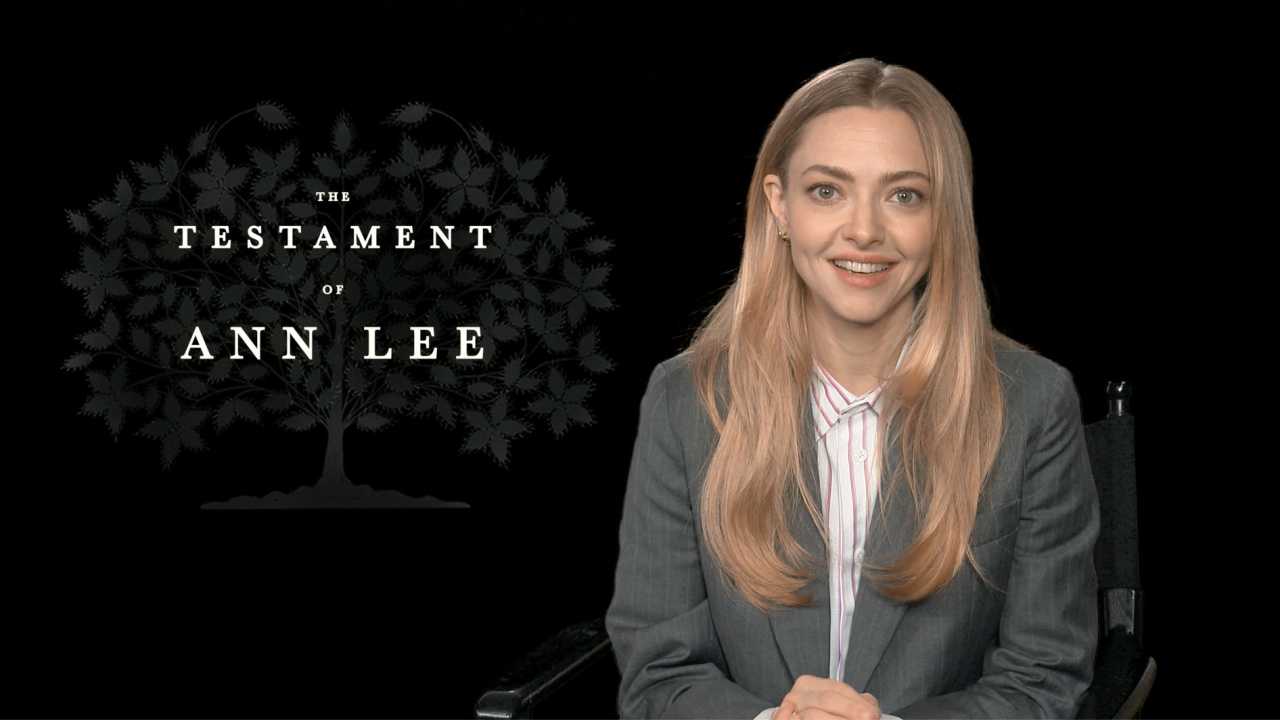'Sunset Blvd.': 15 Things You (Probably) Didn't Know About the Hollywood Classic

Long before the lurid "E! True Hollywood Story" series, there was "Sunset Boulevard" -- maybe the darkest, most cynical movie ever made about what Hollywood is really like.
Released 65 years ago this week (on August 10, 1950), director Billy Wilder's classic explored fame from the perspective of those who had it and lost it (like Gloria Swanson and her "waxwork" friends, playing lightly fictionalized versions of themselves) and those who never quite made it, like the struggling young screenwriter (William Holden) and the failed actress-turned-script reader played by Nancy Olson.
Even if you haven't seen "Sunset Boulevard," you may feel like you have, whether because of the popular Andrew Lloyd Webber musical it spawned, the movies that copied it (particularly "American Beauty," with its narration from beyond the grave), and the countless parodies of Swanson's final "All right, Mr. DeMille, I'm ready for my close-up" scene. In honor of the film's anniversary, here are 15 things you need to know about the Hollywood classic.
1. Initially, Wilder (above) and writing partner Charles Brackett conceived the story as a comedy about a has-been actress making a comeback, and they imagined Mae West as the star. But West found the role unflattering, a problem that continued to make casting difficult after Brackett and Wilder rewrote the film as a drama. They approached such silent-era stars as Mary Pickford, Pola Negri, and even Greta Garbo (who'd starred in the writers' hit "Ninotchka"), but all of them turned down the role of Norma Desmond.
2. George Cukor, a director famed for his sensitivity toward actresses, suggested Swanson, another glamorous silent actress who hadn't successfully transitioned into the sound era. She had also once lived in a mansion on Sunset Boulevard. Unlike Norma, she wasn't hiding away in a Hollywood mansion; she was working in New York in the then-new medium of television. She was insulted by Paramount's' request that she do a screen test, but Cukor convinced her that it was the role she would be remembered for, worth the indignity of such an audition, and he joked he would shoot her if she didn't take it.
3. To hide what they were making, from both Paramount brass and the Production Code censors, Wilder and Brackett told everyone they were making a comedy called "Can of Beans."
4. To play kept man Joe Gillis, the filmmakers cast Montgomery Clift, but the rising young star dropped out two weeks before the shoot. His given reason was that the affair between a young man and an older woman was too similar to what he'd done in "The Heiress," but the real reason may have been Clift's off-camera relationship with older singer Libby Holman. The story was that she felt the movie would be seen as a mockery of their romance, and that she threatened to kill herself unless Clift quit. Wilder tried and failed to get Fred MacMurray (his "Double Indemnity" star) and Gene Kelly. He almost hired Marlon Brando to replace him, but the Broadway star had never made a film before (Brando's screen debut in "The Men" was still more than a year away). Eventually, contract player William Holden got the part, which made him an A-list star.
5. The house that played Norma's mansion was really on Wilshire Boulevard, not Sunset. It had belonged to J. Paul Getty's family. It would appear on film again a few years later in "Rebel Without a Cause," shortly before the Gettys tore it down and replaced it with an office high-rise.
6. Erich von Stroheim, who plays Norma's director-turned-husband-turned-butler Max, was indeed one of the great directors of the silent era. He had directed Swanson in the epic "Queen Kelly" but had been fired when the sprawling production went over budget. The film had never been seen in America, until excerpts of it showed up in "Sunset Boulevard" as the old Norma Desmond movie that Norma watches on her projector at home.
7. Norma's leopard-upholstered car was a real Isotta-Fraschini, an exotic Italian auto that had been a popular choice among silent film royalty. The script called for von Stroheim to drive it onto the Paramount lot, but he didn't know how to drive. The car was towed by a truck hidden outside of camera range instead. Even so, von Stroheim accidentally steered it into the Paramount gate. After the shoot, the car ended up back in Italy, in an automotive museum in Turin.
8. Crew members asked Wilder what kind of set-up he needed for the sequence involving the bizarre funeral for Norma's chimpanzee. Replied Wilder, "You know, the usual monkey-funeral sequence."
9. Initially, the movie opened in a morgue, with the corpses awakening and discussing with each other how they died, leading to Joe Gillis telling the story of his affair with Norma. But test audiences laughed too hard, and the absurd tone didn't work with the rest of the movie. The sequence was cut, so that the film would begin with Joe's body floating in the pool, but the idea of the dead narrator stayed.
10. That eerie shot of Joe face down in the pool (pictured), seen from underneath with the police and paparazzi hovering over him, was difficult for Wilder to get right. He tried lowering a camera into the pool in a see-through, waterproof box, but he didn't like the result. Ultimately, he succeeded by placing a mirror on the floor of the pool and shooting the reflection of Holden and the cops and photographers.
11. The "waxworks," Norma's fellow silent-film ghosts who come over to play bridge, were played by real-life silent relics Buster Keaton, Anna Q. Nilsson, and H.B. Warner. In real life, Keaton had a reputation as one of Hollywood's best bridge players. Wilder coached the others to watch how Keaton handled the cards and do likewise.
12. Director Cecil B. DeMille, a pioneer of silent Hollywood who was still a top director when "Sunset Boulevard" was shot in 1949, also famously played himself. He had made Swanson a star by directing her in several silent hits and had nicknamed her "young fella," which is what he calls Norma. When Norma visits him on the Paramount lot, he's shooting "Samson and Delilah," which would be his biggest hit yet in real life.
13. As Wilder feared, the Hollywood "powers that be" were horrified and outraged by the portrait "Sunset Boulevard" painted of them and their dream factory. At the film's Hollywood premiere, MGM chief Louis B. Mayer denounced Wilder, saying, "You have disgraced the industry that made and fed you! You should be tarred and feathered and run out of Hollywood!" Wilder's typically blunt response: "Go f--k yourself."
14. "Sunset Boulevard" cost $1.6 million to make. It returned $2.5 million in its initial American run -- not enough to make a profit -- but ultimately returned $5 million by 1960, when it had played in theaters all over the world.
15. Despite the initial outrage from Hollywood insiders, the Academy recognized the film's artistry and nominated it for 11 Oscars, including Best Picture, Best Director, Best Black-and-White Cinematography, and Best Editing. It won for Best Screenplay, Best Black-and-White Art Direction, and Best Score (for composer Franz Waxman). It earned nominations in all four acting categories, for leads Holden and Swanson and supporting players von Stroheim and Olson. It's one of only three films nominated in all four acting categories that didn't win any of them; the other two are "My Man Godfrey" (1936) and "American Hustle" (2013).
Sunset Boulevard

